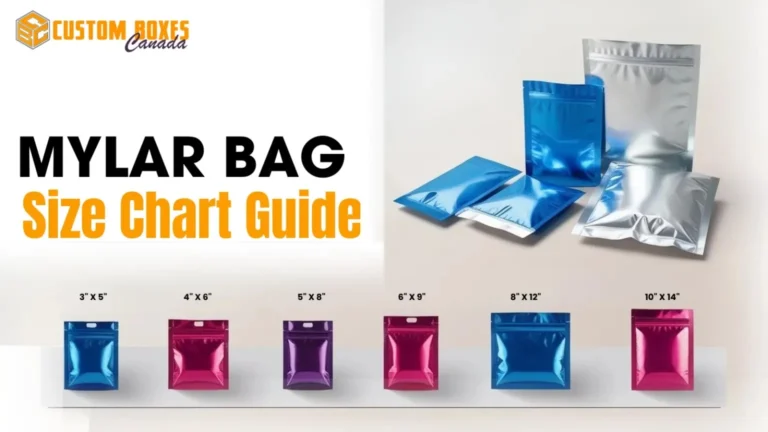Navigating the food industry in Canada means abiding by a tricky labeling and packaging system provided by the Canada Food Inspection Agency (CFIA). Understanding what is required will help ensure that a product manufactured meets those expectations and is safe for consumption.
This somewhat lengthy guide will outline what is required of the food label, CFIA packaging regulations, and what has to be on a nutrition label in the following text:
Food Labeling Requirements:
Food labeling goes beyond an information medium; it is a question of consumer protection and compliance. Certain information has been stipulated by the CFIA that should be found on all food product labels.
The information is deemed relevant to allow the consumers to make an informed decision as to the product as well as promote transparency to its safety.
What is required on a food label?
- Declaration of Product Name
- Net Quantity
- Ingredient Declaration
- Nutrition Information
- Name and Address of Manufacturer/Packer/Distributor
- Declaration of Major Food Allergens
It also regulates food packaging by the CFIA to ensure that the food products should not be contaminated, and protects their originality.
CFIA Packaging Regulations:
It also strictly regulates food packaging requirements by the CFIA to ensure that food products are free from contamination, and to protect their originality for not only the betterment of the business but also to look out for the health and well-being of the people of Canada.
The areas covered under the regulations include most of the areas concerning packaging, including material aspects and the information component.
Packaging Key Regulations:
- Material Safety: The packaging material should be safe. The material should not contaminate the food with harmful substances. This involves mainly direct and indirect food additives.
- Tamper-Evident Packaging: The packaging must provide evidence of tampering for some products.
- Label Placement and Legibility: Labels must be at an angle that is apparent to the consumer. The label information must be self-explanatory, and easily read.
What is Required on a Food Label?
Understanding food labeling requirements is a must to adhere to the standards. The federal agency has a detailed and specified list that aims to educate the consumer with vital information.
Labeling as required:
All of the nutrition in the food should be labeled to elaborate dietary benefits to the consumer. The following are the essential components that convey the information:
- Serving Size
- Calories
- Nutrients
- Daily Values
Food Packaging Information:
Custom Food packaging boxes assumes various forms, all in the process of ensuring that the product is properly preserved and also communicated to the customer. Packaging is effective as it should give protection to the food and also be in compliance with molded legal provisions.
What is Required on a Food Label?
Labels for food packaging are required to have the following information:
- Expiry Date: Dates by use, sale, or best by the which enables the consumer to decide based on a product’s shelf life.
- Storage statement: If it requires a specific storage condition so that it remains safe and of quality.
- Directions of Item Usage: Instructions on how to prepare or use the product US Packaging and Labelling
CFIA requirements on packaging and labeling are not alternatives; it is a matter of law where there is no compromise on the health of the citizens. Failure to adhere can have some dire consequences, such as a product recall and the company being charged in court.
Buffet Labels for Food:
Food labeling does apply to establishments that offer food in buffet-style dining. All food on display must be protected by packaging. The buffet labels, besides indicating the name of the food, should indicate the ingredients, especially the allergens.
What Nutrients Should Be Displayed on a Food Label? The CFIA dictates that the following nutrients must always be displayed on the label. These are:
- Total Fat: Includes saturated and trans-fat.
- Cholesterol: Necessary for those consumers who have to consider their heart health.
- Sodium: It is a key factor in keeping a tabs on Blood pressure.
- Total Carbohydrates: Carbohydrates are mainly sugar and fibers to be added to diets.
- Protein: Necessary for the consumers who have to watch this nutrient.
- Vitamins and Minerals: Vitamin D, calcium, iron, and potassium.
Safeguarding Food Safety on Display:
All the food displayed, for instance, buffets should be adequately covered or wrapped. This will assist in case of food contamination, and general food hygiene. Food ingredients and allergens should be clearly labeled.
Conclusion:
Food manufacturers must comply with the CFIA packaging regulations, ensuring the safety of the consumer. Proper understanding and compliance with the said regulations will permit the business to reach out to the consumers with informative information and shield the integrity of the product from litigation matters.
Be it through food packaging labels or safe packaging practices, the point of the whole thing whose essence is pretty much the same is transparency and protection in every food labeling and packaging procedure.
Make sure that, with us, you easily meet all the labeling and packaging requirements set by the CFIA for your food products. At Custom Boxes Canada, we are recognized for our expertise in tailoring high-quality and compliant solutions to suit the needs of our clients.
Contact us today so that we help
your food products attain excellence in presentation and safety.









